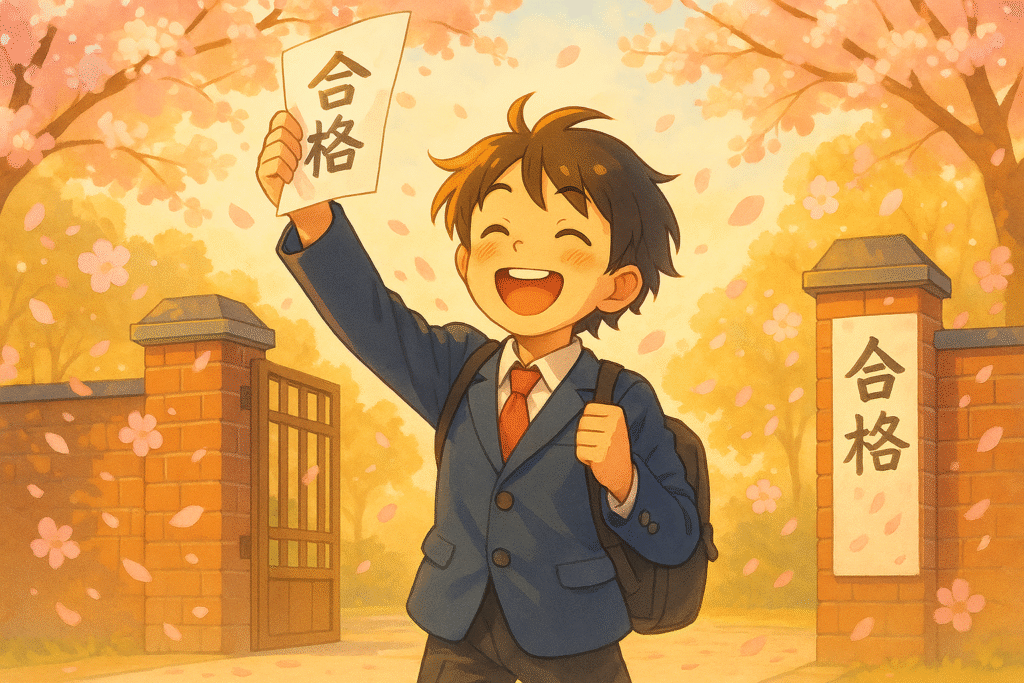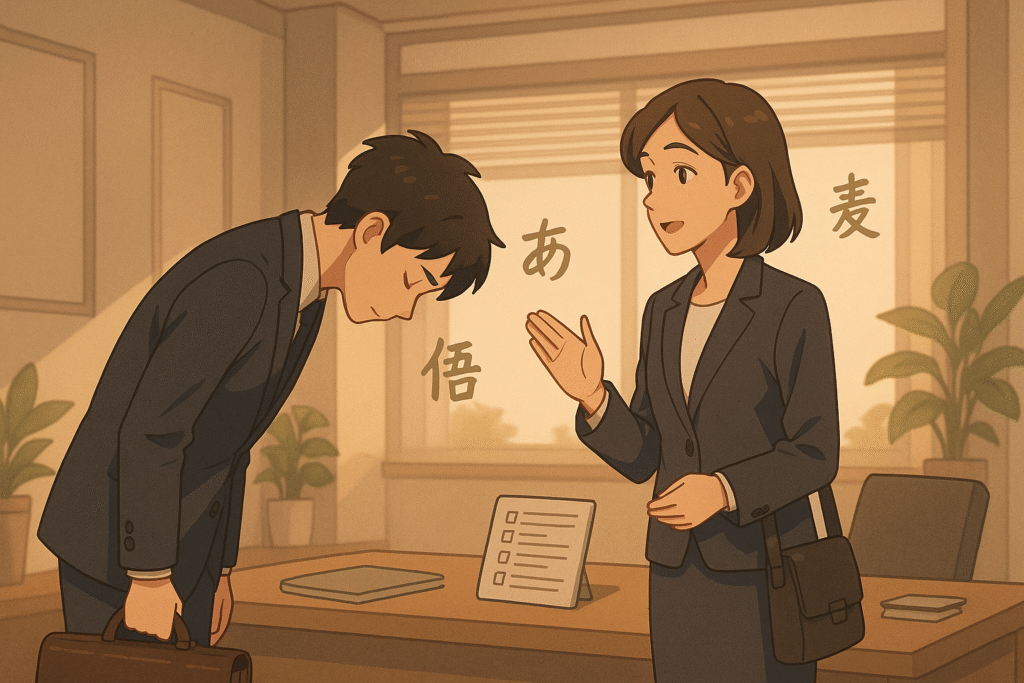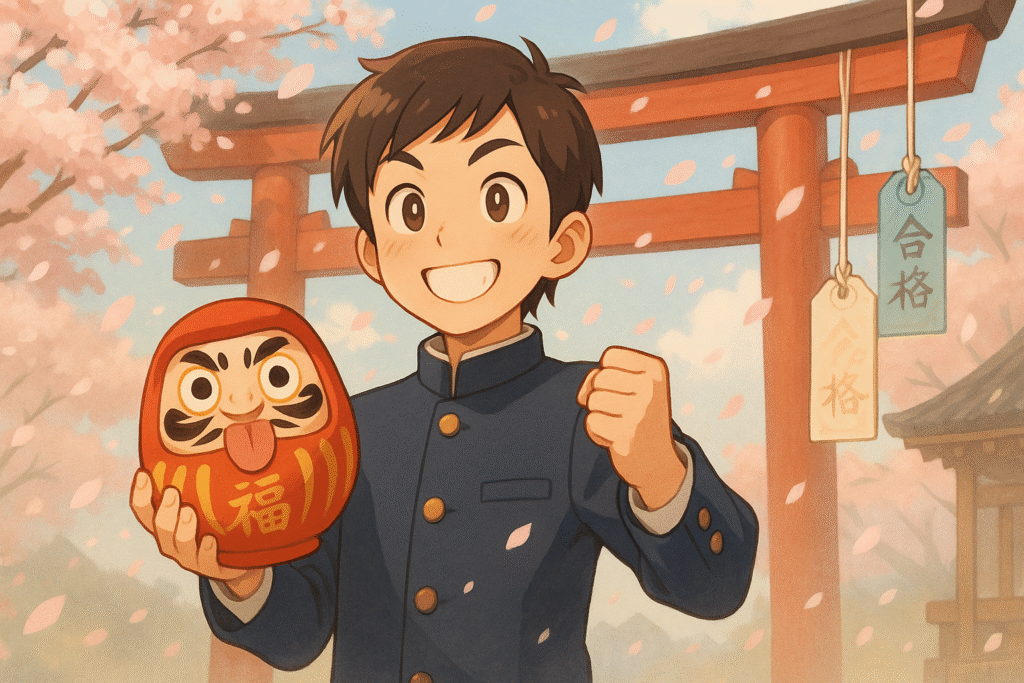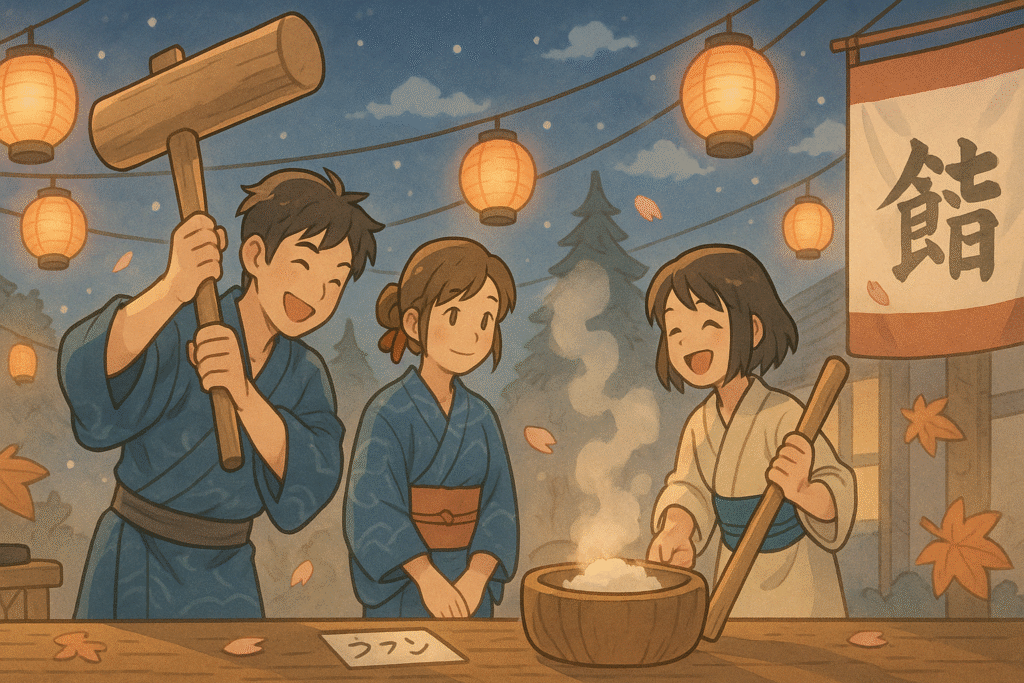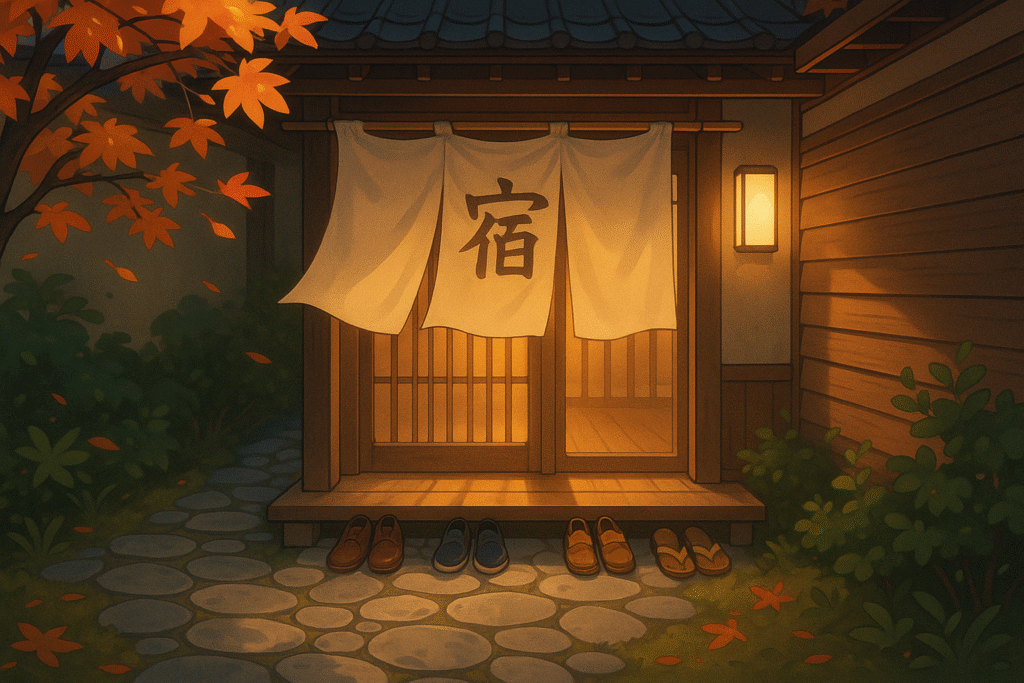Ureshii Meaning: Expressing Joy in Japanese
Have you ever wondered how to express happiness in Japanese? The word “ureshii” (嬉しい) stands out as one of the most common and heartfelt ways to convey joy in everyday Japanese conversation. Understanding the ureshii meaning opens a window into Japanese emotional expression and culture. In this comprehensive guide, we’ll explore what makes this word […]
Ureshii Meaning: Expressing Joy in Japanese Read More »

